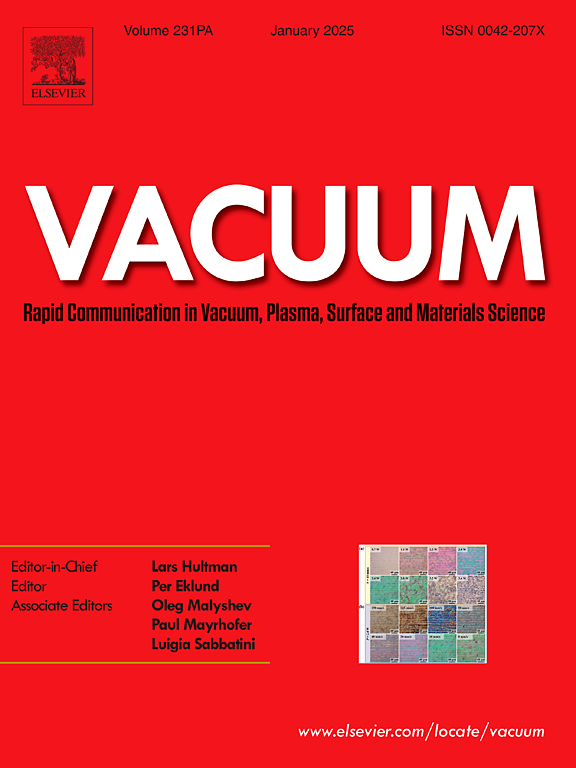Design status of the vacuum system of IFMIF-DONES particle accelerator
IF 3.8
2区 材料科学
Q2 MATERIALS SCIENCE, MULTIDISCIPLINARY
引用次数: 0
Abstract
The International Fusion Materials Irradiation Facility-DEMO Oriented Neutron Source (IFMIF-DONES) will be an installation capable of qualifying materials for use in future fusion power reactors. To do so, a linear accelerator will deliver high-intensity deuteron beam to a liquid Li loop, creating a flow of neutrons that will produce material damage equivalent to that expected in a fusion reactor. The vacuum system must maintain high vacuum conditions during operation with high reliability. For this reason, a careful study of the vacuum has been assessed and implemented in the accelerator project. Vacuum simulations have been performed in order to have a first estimation of the expected pressure profile, and documentation is being produced to standardize the subsystem. Additionally, valuable knowledge from the prototype installation, IFMIF/Engineering Design and Engineering Validation Activities (EVEDA), is being taking into account in engineering design activities. Moreover, two vacuum related prototypes are being manufactured; the Multipurpose Vacuum Accident Scenarios (MuVacAS) prototype will enable experimental studies of air inrush in the last section of the accelerator; and the Quick Disconnecting System (QDS) prototype is being developed to study the feasibility of the remote handling of the interface located between the accelerator beam line and the target chamber. The paper presents the status of the design of the vacuum subsystem of the accelerator and discusses the future challenges.
求助全文
约1分钟内获得全文
求助全文
来源期刊

Vacuum
工程技术-材料科学:综合
CiteScore
6.80
自引率
17.50%
发文量
0
审稿时长
34 days
期刊介绍:
Vacuum is an international rapid publications journal with a focus on short communication. All papers are peer-reviewed, with the review process for short communication geared towards very fast turnaround times. The journal also published full research papers, thematic issues and selected papers from leading conferences.
A report in Vacuum should represent a major advance in an area that involves a controlled environment at pressures of one atmosphere or below.
The scope of the journal includes:
1. Vacuum; original developments in vacuum pumping and instrumentation, vacuum measurement, vacuum gas dynamics, gas-surface interactions, surface treatment for UHV applications and low outgassing, vacuum melting, sintering, and vacuum metrology. Technology and solutions for large-scale facilities (e.g., particle accelerators and fusion devices). New instrumentation ( e.g., detectors and electron microscopes).
2. Plasma science; advances in PVD, CVD, plasma-assisted CVD, ion sources, deposition processes and analysis.
3. Surface science; surface engineering, surface chemistry, surface analysis, crystal growth, ion-surface interactions and etching, nanometer-scale processing, surface modification.
4. Materials science; novel functional or structural materials. Metals, ceramics, and polymers. Experiments, simulations, and modelling for understanding structure-property relationships. Thin films and coatings. Nanostructures and ion implantation.
 求助内容:
求助内容: 应助结果提醒方式:
应助结果提醒方式:


